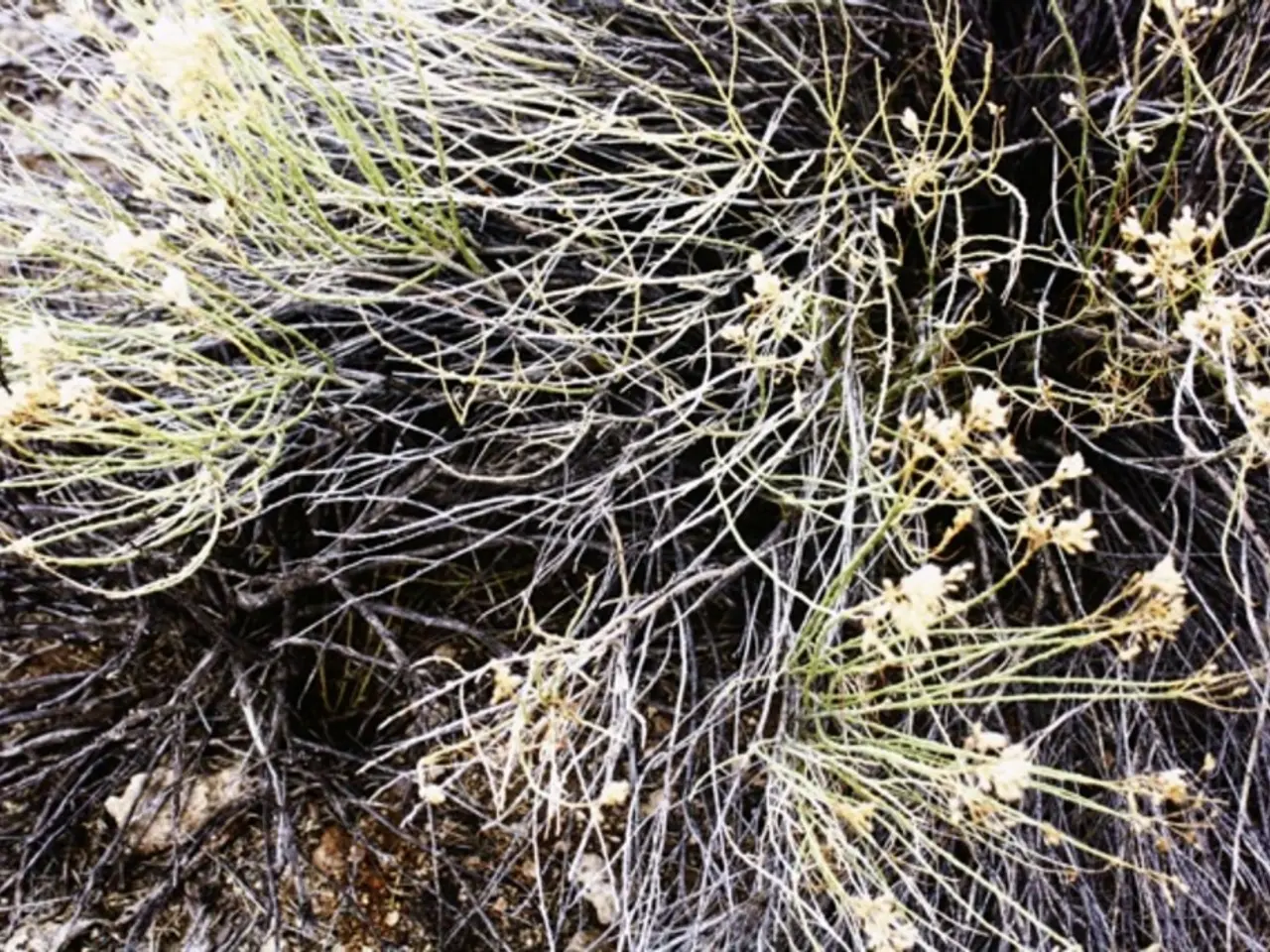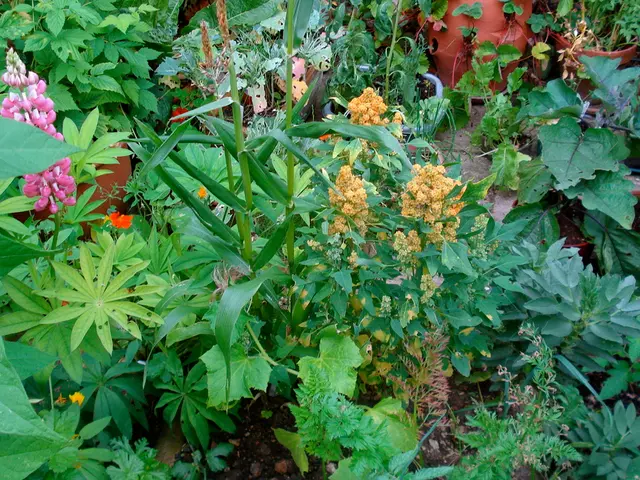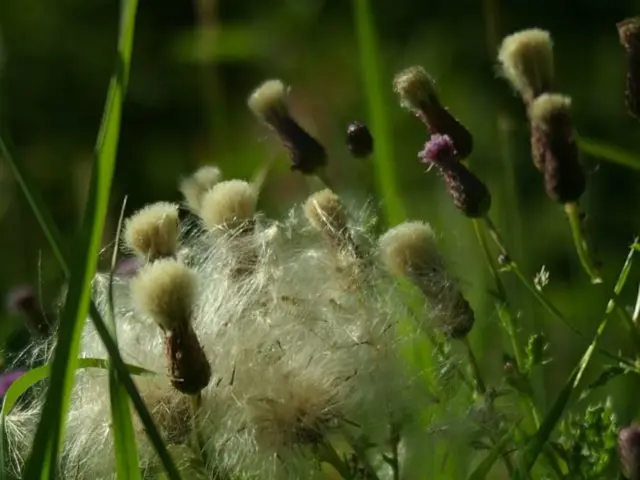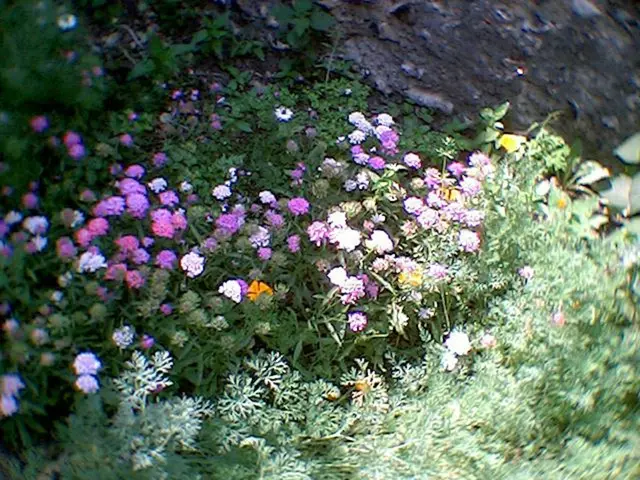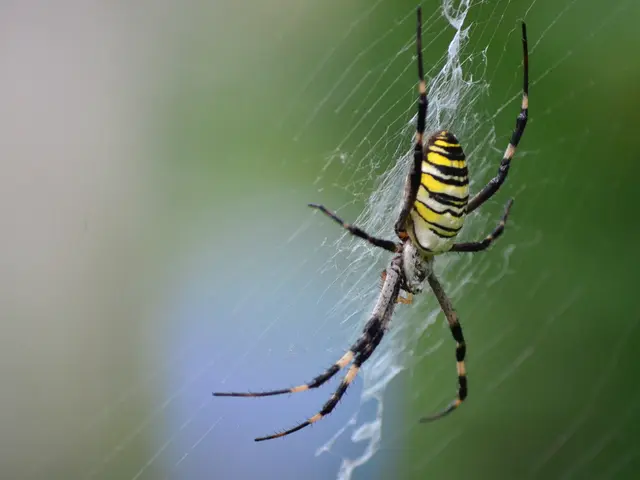Hardy Vegetation Thriving in Sand: Nature's Resilient Specimens
In the world of gardening, understanding the unique characteristics of different soil types is essential for successful growth. One such soil type is sandy soil, which, while it may seem challenging, can be a fertile ground for a variety of plants. Here's a rundown of some plants that thrive in sandy soil, particularly those that prefer dry and nutrient-poor environments.
Daylilies (Hemerocallis spp.) are a drought-tolerant, easy-to-grow perennial that produces lush blooms in a variety of colours. They grow well in sandy soil that is moist yet well-draining. Potatoes also flourish in sandy soil due to its acidic pH balance, reducing the possibility of scab.
For those seeking to attract pollinators, Wild Lupine (Lupinus Perennis) is a native legume well-suited for sandy soils. This plant plays a vital role for specialized pollinators, especially the endangered Karner blue butterfly, which depends on it for reproduction. Sunflowers, Mediterranean herbs, Yarrow, and Anise Hyssop are other drought-tolerant plants that grow well in sandy soil and are attractive to pollinators.
Vegetable lovers will be pleased to know that some common vegetables, such as carrots, cucumbers, zucchini, onions, garlic, and tomatoes, also grow well in sandy soil. However, it's important to note that sandy soil has a poor nutrient content and poor water retention, so incorporating organic matter like compost into the soil can improve its moisture and nutrient retention, creating a more hospitable environment for both the plants and their pollinator visitors.
Some annuals, such as Black-Eyed Susans, Blanket Flowers, and Cosmos, also thrive in sandy soil. These plants have sensitive roots that dislike being wet, making them ideal for sandy conditions. Other plants, like Salvia, Sedum, and Russian Sage, are drought-resistant and love the sun and sandy soil.
For those seeking to add a touch of colour to their garden, 'Fanfare' is a popular variety of blanket flower with bright red blooms with yellow at the end of the petals, while 'Lyrical Silvertone' is a purple salvia that grows up to 2 feet tall and blooms from late spring to early summer. 'Goldsturm' is a popular variety of Black-Eyed Susan that blooms profusely from mid-summer to early fall. 'Autumn Joy' is a sedum variety that produces a reliable pink clump about 2 feet tall and blooms from mid-summer to mid-fall.
Even flowering shrubs like Red chokeberry (Aronia arbutifolia) and Sea Oats (Uniola paniculata) thrive in sandy and boggy soils, respectively. Lavender (Lavandula angustifolia) loves sandy soil and good drainage and can easily survive drought-like conditions.
In conclusion, by understanding the unique characteristics of sandy soil and amending it with organic matter, gardeners can create a thriving ecosystem that supports a variety of plants, including those that are drought-tolerant and attractive to pollinators. Whether you're a vegetable lover, a pollinator enthusiast, or simply seeking to add colour to your garden, sandy soil can be a valuable asset in your gardening journey.
A gardener may spot Daylilies, Wild Lupine, Sunflowers, Mediterranean herbs, Yarrow, Anise Hyssop, Black-Eyed Susans, Blanket Flowers, Cosmos, Salvia, Sedum, Russian Sage, and even some flowering shrubs like Red chokeberry and Sea Oats thriving in their home-and-garden due to the nurturing environment offered by sandy soil, which they prefer for its dry and nutrient-poor properties. To optimize growth and attract pollinators, one might consider incorporating organic matter into the sandy soil to improve its moisture and nutrient retention, as common vegetables, such as carrots, cucumbers, and tomatoes, also flourish in such conditions.
